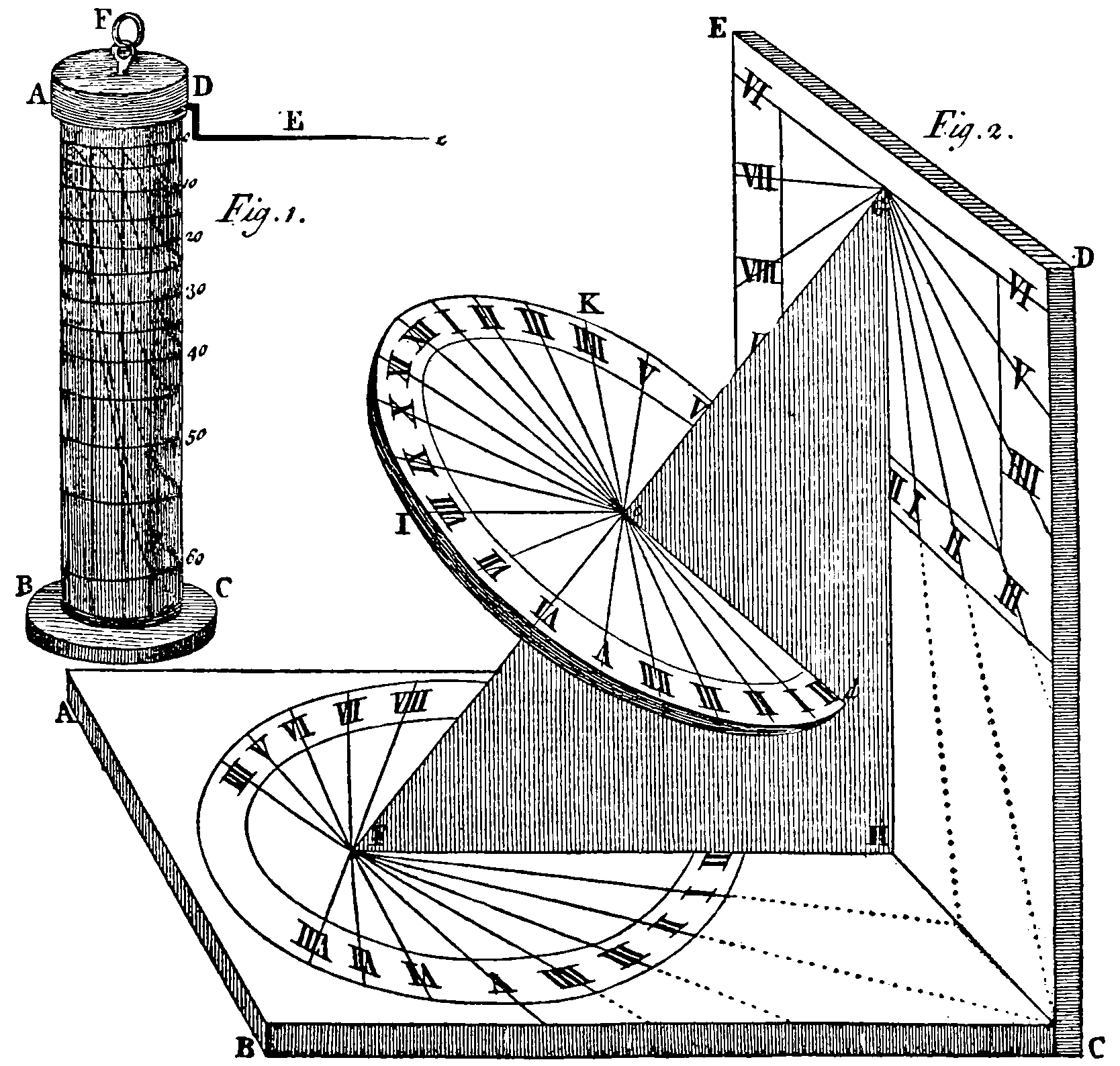Time
Certain quirks of entropy
October 20, 2020 — October 20, 2020
standards
statmech
time series
Zach Holman’s UTC is enough for everyone, right?, which is made even better by its reading list:
- Falsehoods Programmers Believe About Time and its sequel, More Falsehoods Programmers Believe About Time. These get into some really nitty-gritty on programming time edge cases and weird things to keep in mind as you go. Lovely stuff, and if you haven’t read them yet (or even if you haven’t read them recently), you should go and give ’em a read now.
- There’s a ton of amazing things to learn on the Wikipedia page for Unix time. I started including some of these things here and there, but really you should just go through the whole thing. There’s a lot of talk about Unix and how they deal and think about time. Some nice little nuggets in there, like why Unix epoch came before the standardization of UTC, and why the epoch is not exactly the number of seconds since 1970 (see: leap seconds).
- I don’t know what my favorite George Carlin bit of all time is (okay, I do: it’s Stuff), but this bit on time is pretty great too. He had a way with words.
- From Hodinkee: Why do clocks run clockwise? — I love stuff like this.
- The deceptively complex world of calendar events and RRULEs. Great post on breaking down how to think about RRULEs from a calendaring and system perspective.
- Wikipedia’s Time formatting and storage bugs is worth a look just for the sheer number of upcoming time-related bugs we know are coming. Y2K was just the start.
- The Happy Monday System, which honestly I just loved based on the name of it alone. Shows how Japan has moved their holidays schedules around just to make people happier with a longer weekend.
- Time smearing links from Google and from Amazon. I didn’t even get to cover time smearing, leap seconds, leap years, and all of the little ways we correct how we measure time. Leap seconds are a pretty interesting subject, particularly since they’re nonstandard: the need to add another leap second can depend on if a lot of seismic activity happened recently, for example.

